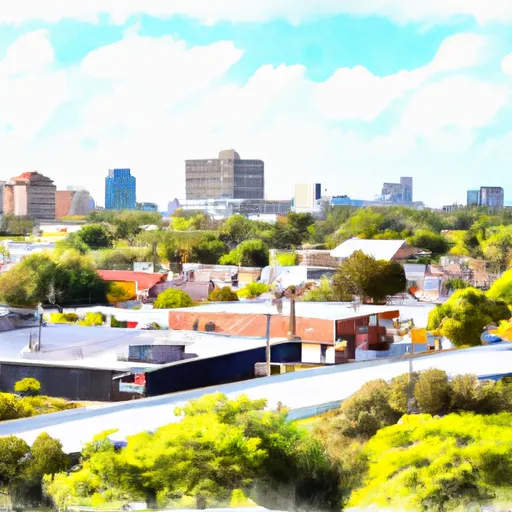°F
°F
mph
Windspeed
%
Humidity











West Orange is a charming city located in Orange County, Texas. The region experiences a humid subtropical climate characterized by hot, humid summers and mild winters. Summers are typically long and hot, with temperatures frequently exceeding 90°F (32°C), while winters are mild and pleasant, with temperatures averaging around 60°F (15°C). Rainfall is evenly distributed throughout the year, with the wettest months occurring from May to September.
Hydrology plays a significant role in West Orange's landscape, with the Sabine River flowing nearby. This river serves as a prominent hydrological feature, providing opportunities for boating, fishing, and other water-based activities. Additionally, there are several nearby lakes, including Lake Sabine and Lake Timpson, which offer further recreational opportunities such as swimming, picnicking, and camping.
Outdoor enthusiasts can explore the city's various parks and nature reserves, such as West Orange Park and Orange County Riverfront Park. These parks provide scenic walking trails, playgrounds, and picnic areas for families to enjoy. West Orange also boasts a golf course, perfect for golf enthusiasts looking to tee off amidst picturesque surroundings. Whether you enjoy water activities or prefer land-based adventures, West Orange offers a range of outdoor recreation opportunities for all.
Weather Forecast
West-Orange receives approximately 1526mm of rain per year, with humidity levels near 90% and air temperatures averaging around 20°C. West-Orange has a plant hardyness factor of 9, meaning plants and agriculture in this region tend to thrive here all year round.
Regional Streamflow Levels
36
Cubic Feet Per Second
1,420
Cubic Feet Per Second
1,090
Cubic Feet Per Second
563
Cubic Feet Per Second
Nearby Camping
| Camping Area | Reservations | Toilets | Showers |
|---|---|---|---|
| Toledo Bend Military | |||
| Claiborne West Park | |||
| San Miguel Park State Rec Area | |||
| Alligator Parish Park | |||
| Cypress Bend State Rec Area | |||
| Pleasure Point State Rec Area - Toledo Bend Lake |



